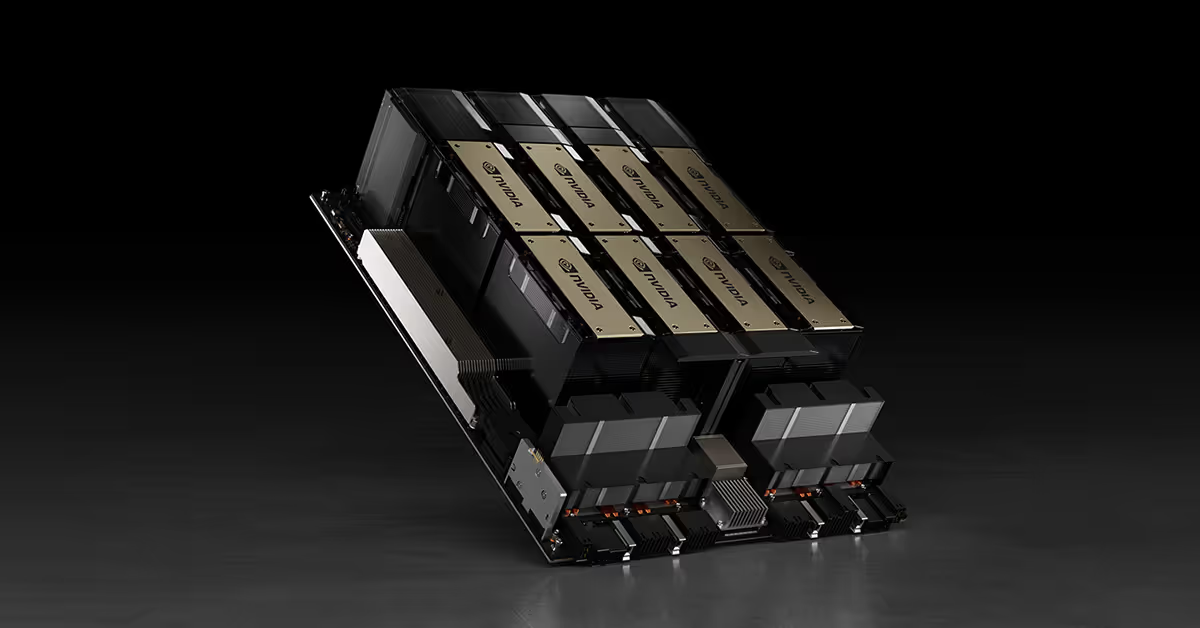How to Implement OIDC Auth in Kubernetes for Secure Cluster Access
.png)
Static kubeconfig files slow teams down and open security gaps.
For AI developers, researchers, and Kubernetes administrators, cluster access often means juggling long-lived credentials stored across multiple machines and users. This is inefficient, hard to audit, and a recurring compliance headache.
The fix: connect Kubernetes to your existing identity provider using OpenID Connect (OIDC).
What is OIDC?
OpenID Connect (OIDC) is an identity layer built on top of OAuth 2.0. It allows clients, such as Kubernetes, to verify a user’s identity via an external identity provider (IdP) and retrieve basic profile data in a standardized, REST-friendly way.
In Kubernetes environments, OIDC replaces static, locally managed credentials with trust in your organization’s existing authentication system.
This allows:
- Short-lived tokens instead of static kubeconfigs for stronger security
- Unified identity lifecycle for faster onboarding and deprovisioning
- Built-in compliance with centralized authentication and auditability
The problem with static kubeconfig files
Many clusters still rely on manually distributed kubeconfig files that contain credentials valid for months, or indefinitely.
This creates:
- Security risk: stolen configs grant ongoing access without detection
- Operational friction: credential rotation is slow and error-prone
- Scalability limits: managing per-user configs becomes unmanageable as teams grow
How OIDC solves it
Integrating OIDC with Kubernetes solves the issue of manually distributed kubeconfig files by allowing you to:
- Remove static credentials: every session authenticates through the IdP
- Enforce role-based access control (RBAC): map IdP groups to Kubernetes RBAC roles
- Centralize permissions: manage all access policies in the IdP, not scattered config files
For AI research and production workloads, this means sensitive data, GPU resources, and proprietary models stay behind a modern, auditable authentication flow.
How to integrate OIDC authentication in Kubernetes (5 minute demo)
In this short Voltage Park demo, you’ll see how to integrate Okta, Azure AD, or Google Workspace for secure, short-lived, token-based access.
How Voltage Park can help
Voltage Park makes it simple to move from static kubeconfigs to secure, standards-based OIDC authentication. Our Managed Kubernetes platform supports seamless integration with your identity provider, enabling short-lived token authentication, centralized access control, and role-based permissions that scale with your team.
Whether you’re running research clusters or production-grade AI workloads, we help you tighten security, streamline credential management, and maintain compliance without slowing down development.
Contact sales to learn more.
%201.avif)


